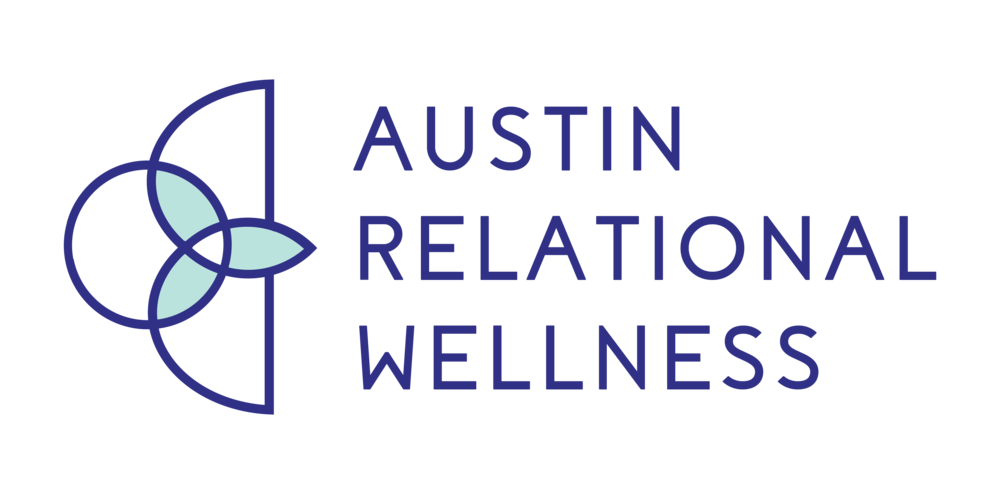Relationship Scenario: You call your partner, and they don’t answer.
Someone with an anxious attachment style might say: “Did I do something wrong? When will they call me back?”
Someone with an avoidant attachment style says: ”If they’re rejecting my call, I will ignore them when they call back.”
Someone with a secure attachment style might say: “Hmm, they must be busy. I will get back to work and look forward to hearing from them.” - or - “I will just text them - Call me when you’re free. It is not an emergency. I just have a question about dinner.”
Secure Attachment Style
Secure attachment is the healthiest attachment style. It is grounded, mature, and wise. Those with secure attachment have a healthy sense of self-worth, acceptance, and vulnerability. Those with secure attachment manage emotions and communication in the clearest way, leaving less of a push-pull in their relationships.
In my previous two posts on attachment styles, we explored anxious attachment and avoidant attachment styles. In this blog post, we will touch on what it means to have a secure attachment style, as well as how a secure attachment style is developed as a child and then shows up as an adult.
Attachment styles are four behavioral archetypes based on attachment theory and research. Research suggests that secure attachment style is the most common type of attachment style in our society. Around 66% of the nation’s population is estimated to have a secure attachment style.
How does Secure Attachment Style Develop?
A child’s experience of responsiveness and attunement from caregivers impacts how they experience the world and relationships later in life. As children, those with a secure attachment style likely had their caregiver attend to them when they had physical cues such as crying. As a baby, they trusted their caregiver would be there for them. Trust is the anchor of secure attachment style. These individuals also had a stronger ability to self-soothe, as well as the ability not to let emotions drive their behavior.
Children develop secure attachment by having their needs met, feeling supported, having a sense of belonging, and feeling safe, trusted, seen, and heard while also being able to be on their own and test the world, knowing they can return safely. An example of a child with secure attachment would be - a child having their parent within view while still having autonomy and playing independently.
Secure Attachment in Adult Relationships
In adulthood, a secure attachment style is typically characterized as feeling comfortable in intimate relationships, balancing thinking emotionally and logically with a sense that, no matter what, you’ll be okay. People with a secure attachment style are generally able to communicate their needs and feelings effectively. It is the ability to self-soothe and regulate the nervous system, plus knowing, liking, and trusting all parts of yourself.
An adult with secure attachment:
Knows how to regulate their emotions and understands their feelings
Has autonomy and the ability to navigate the world independently
Is open, connected, and trusting of others
Is clear on who they are and what their purpose is
Can communicate clearly
Strives to live a meaningful life
Can ask for support from others and also lend support to others
Is balanced with togetherness and separateness
Is comfortable alone
Is able to be reflective and observant of how they participate and contribute to the relationship
The good news is you can change your attachment style. Even if you didn’t have all these things growing up, you can work on shifting your attachment style and becoming securely attached in your adult relationships.
How to move from anxious or avoidant attachment styles to secure attachment style:
Learn to self soothe
Learn to regulate emotions and your nervous system
Express primary vulnerable emotions
Go to individual therapy
Take time to be self-compassionate and mindful
Be around those that feel safe in a relationship and feel capable and comfortable being transparent
Attend relationship therapy or couples therapy with your partner to practice healthy communication
Set healthy boundaries
Developing a secure attachment style can lead to even more fulfilling and satisfying relationships, along with greater emotional well-being. So don't hesitate to work towards this goal - your future self will thank you! If you would like to work on developing a secure attachment style in your relationships, reach out to us to book an individual therapy, relationship therapy, or couples therapy session.
Article by Sarah Imparato, MA, LMFT
Individual Therapy, Couples Therapy, Relationship Therapy in Austin, Texas





































